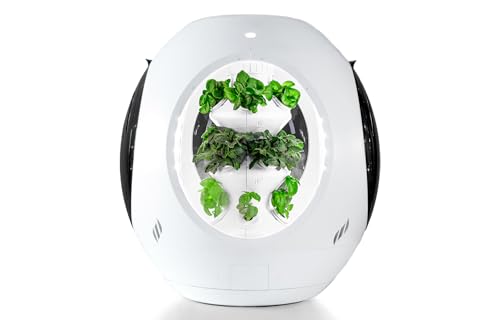New NASA technology is making it possible to grow plants using fog – it could bring faster harvests with less waste
This indoor garden set-up uses smart tech and fine mist to provide plants with water and nutrients
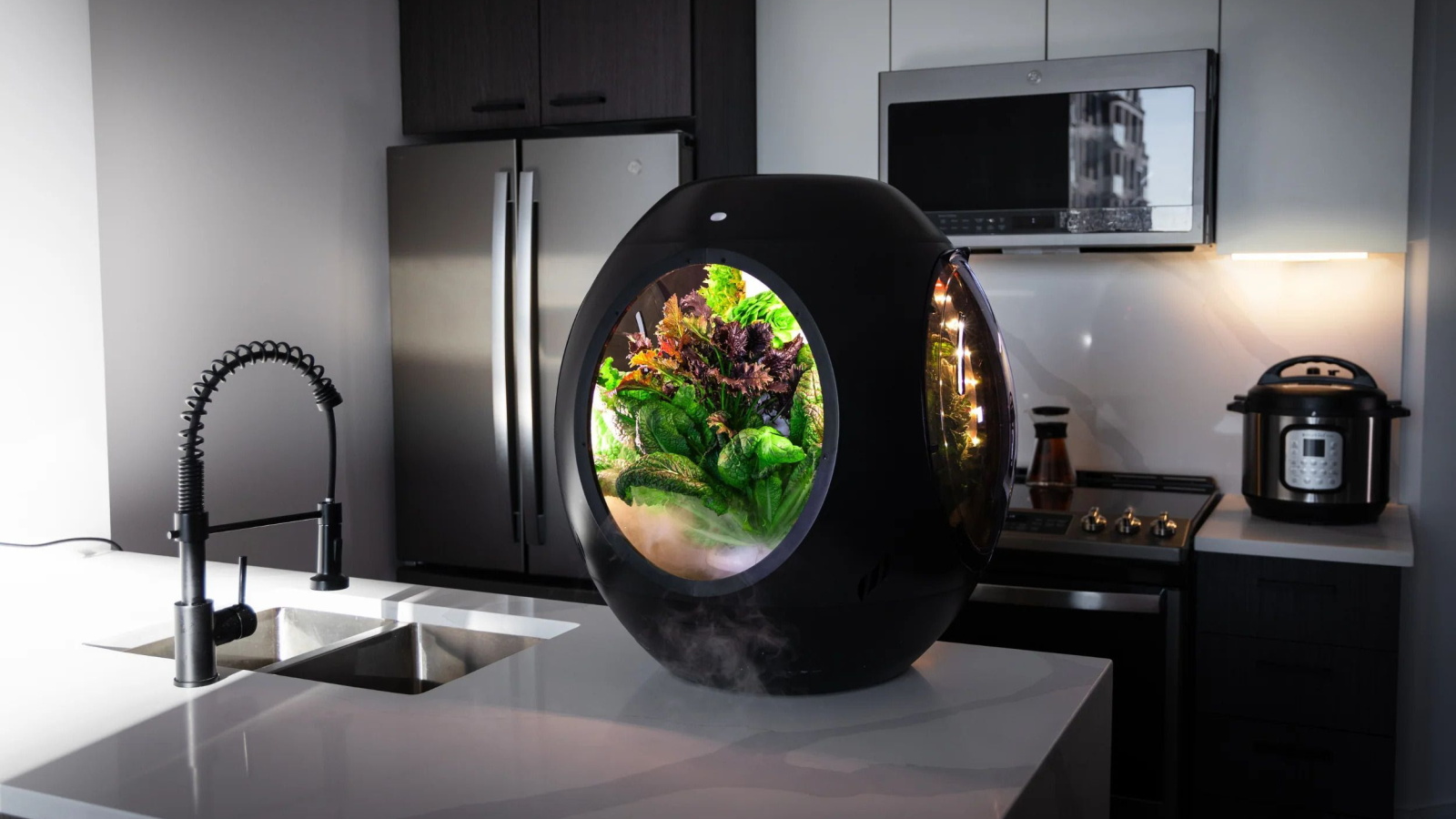

A new technology developed by NASA means it is now possible to grow plants indoors using fog. The method is known as fogponics and uses much of the same principles as hydroponics, but with a slight difference.
'Instead of soil or even the water-based immersion used in traditional hydroponic gardening, fogponics relies on an ultra-fine mist to deliver nutrients and oxygen directly to the root system,' explains Renata Scorsone from Plantaform, which developed the first indoor smart garden to use advanced fogponics technology.
With so many pros and cons to hydroponic gardening already, this new tech means we can potentially be even more sustainable when growing organic produce at home. The look and feel of these pod-shaped indoor gardens is also super futuristic; with fog spilling out from oval-shaped the sides it almost takes on the appearance of post-modern art right there on your kitchen countertop. So how does fogponics work? We take a closer look.
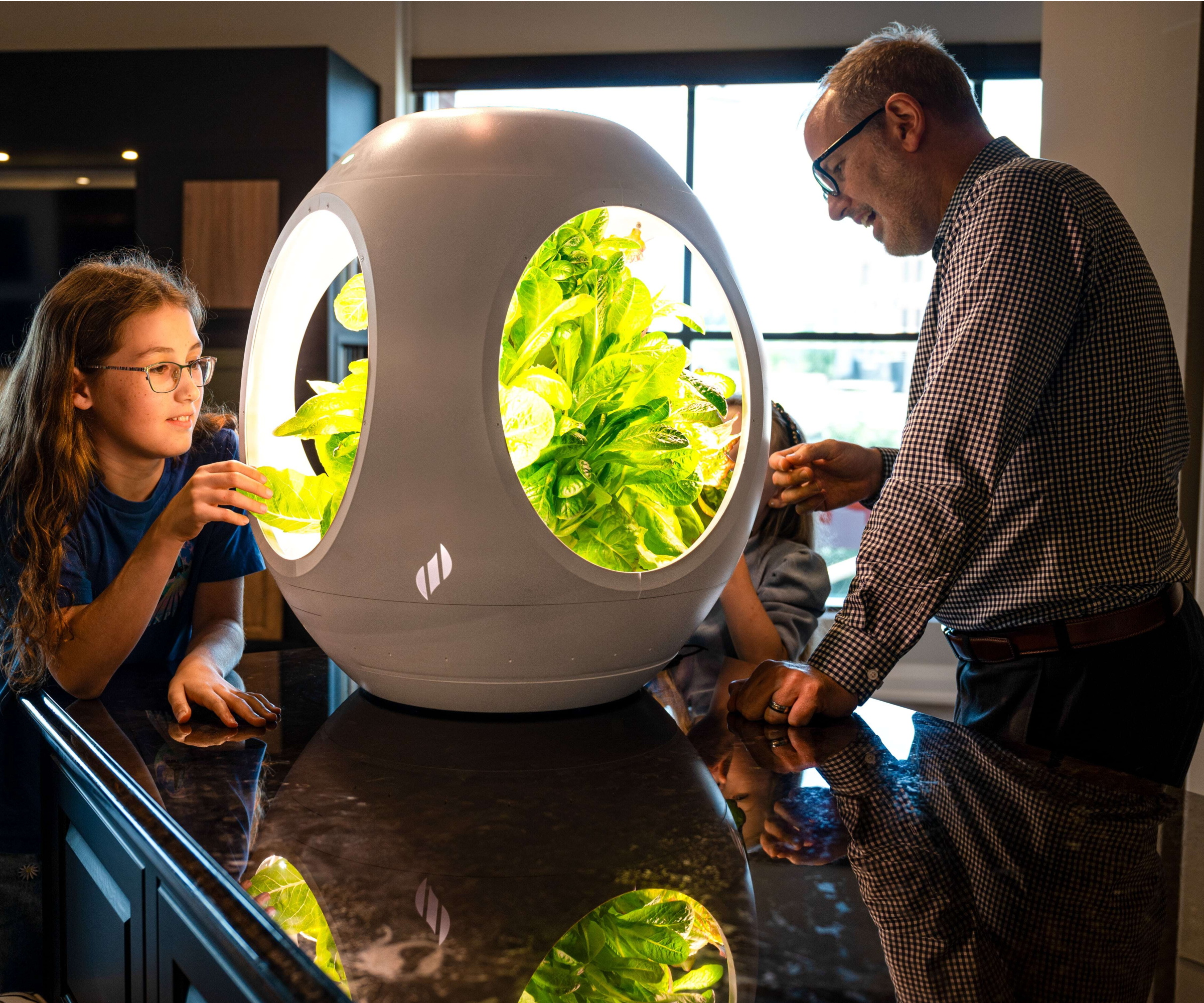
Fogponics is a modified form of aeroponic farming, developed by NASA during its research into growing gardens in space without the need for soil or large amounts of water.
Aeroponics describes the process of plants being suspended in the air with their roots hanging down, where water and nutrients are delivered directly through mist. By refining the misting technology in aeroponics, NASA scientists created a finer mist that appears as 'fog,' hence fogponics.
'This innovative approach uses 30-50% less water than hydroponics and 98% less water than traditional growing methods while ensuring optimal root absorption and growth in a controlled environment,' Renata explains.
As an eco-friendly garden idea, it's also effective at delivering essential plant nutrients straight to plant roots with less wastage.
Design expertise in your inbox – from inspiring decorating ideas and beautiful celebrity homes to practical gardening advice and shopping round-ups.

Renata Scorsone is the Vice President of Marketing at Plantaform Technology Inc. A veteran marketing executive, Renata brings over 25 years of experience in leading innovative marketing strategies for technology-driven companies.
How does fogponics work?
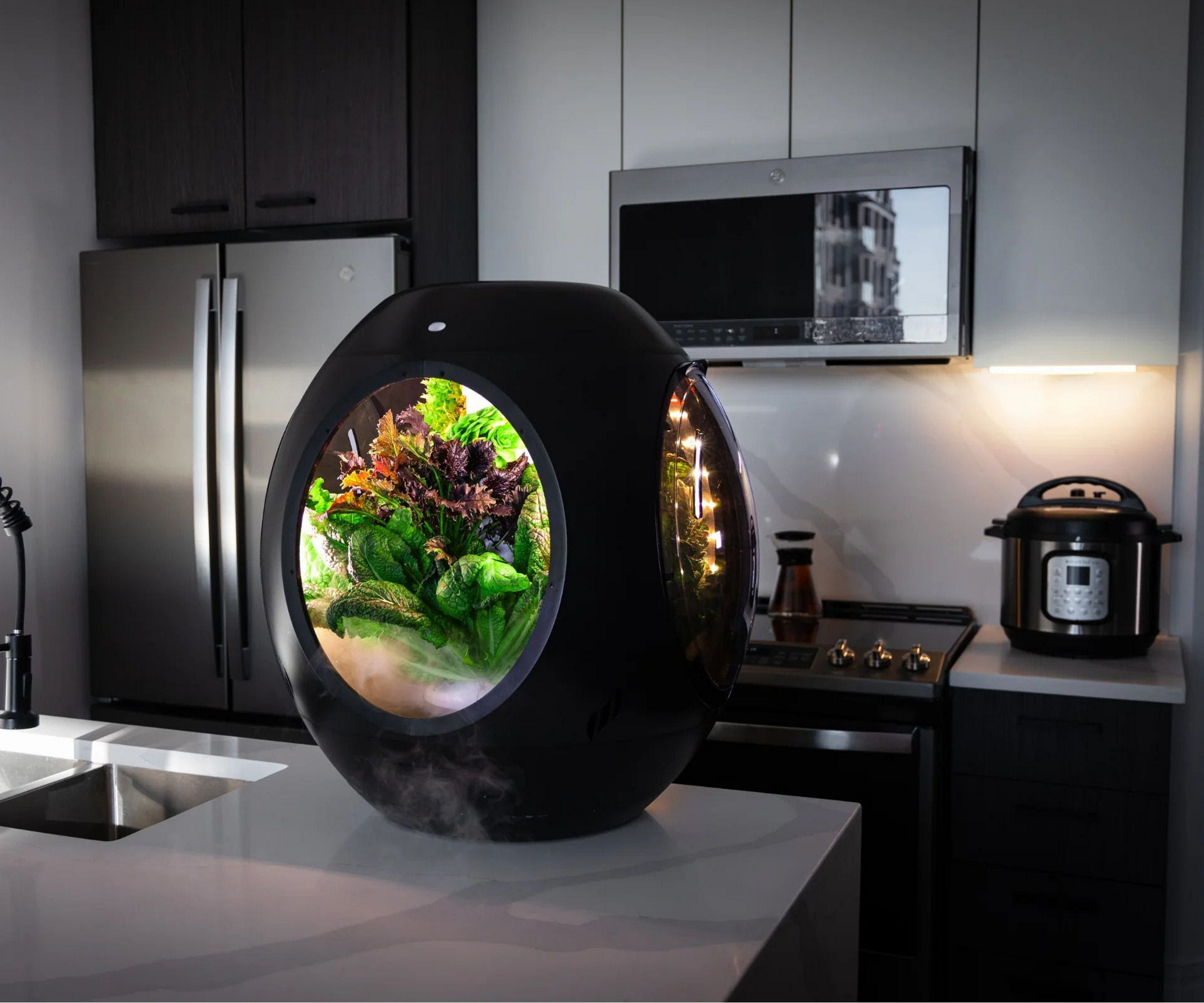
Although this future of indoor gardening technology is expensive as an indoor garden tool - the Plantaform Smart Indoor Garden (available at Amazon) retails at $499.99 - it does involve a range of innovative mechanisms to ensure fog-growing can work.
'We use ultrasonic foggers to atomize water mixed with nutrients into micro-droplets or 'fog,' which is then dispersed in the root chamber,' explains Renata.
'These droplets are small enough to cling to the roots, ensuring they are continuously hydrated and fed while maintaining high oxygen levels,' she says.
Instead of plants using energy to search for water, the efficient delivery of water and nutrients enables them to focus on photosynthesis instead. This is aided by the use of grow lights in fogponic systems, much like many DIY hydroponic gardens.
'Plantaform’s built-in energy-efficient horticultural LED grow lights simulate sunlight, providing the specific spectrum needed for photosynthesis at different plant growth stages,' Renata notes. 'The light cycles are automated to optimize growth,' she adds, resulting in faster plant development.
Are there any drawbacks to growing with fogponics?
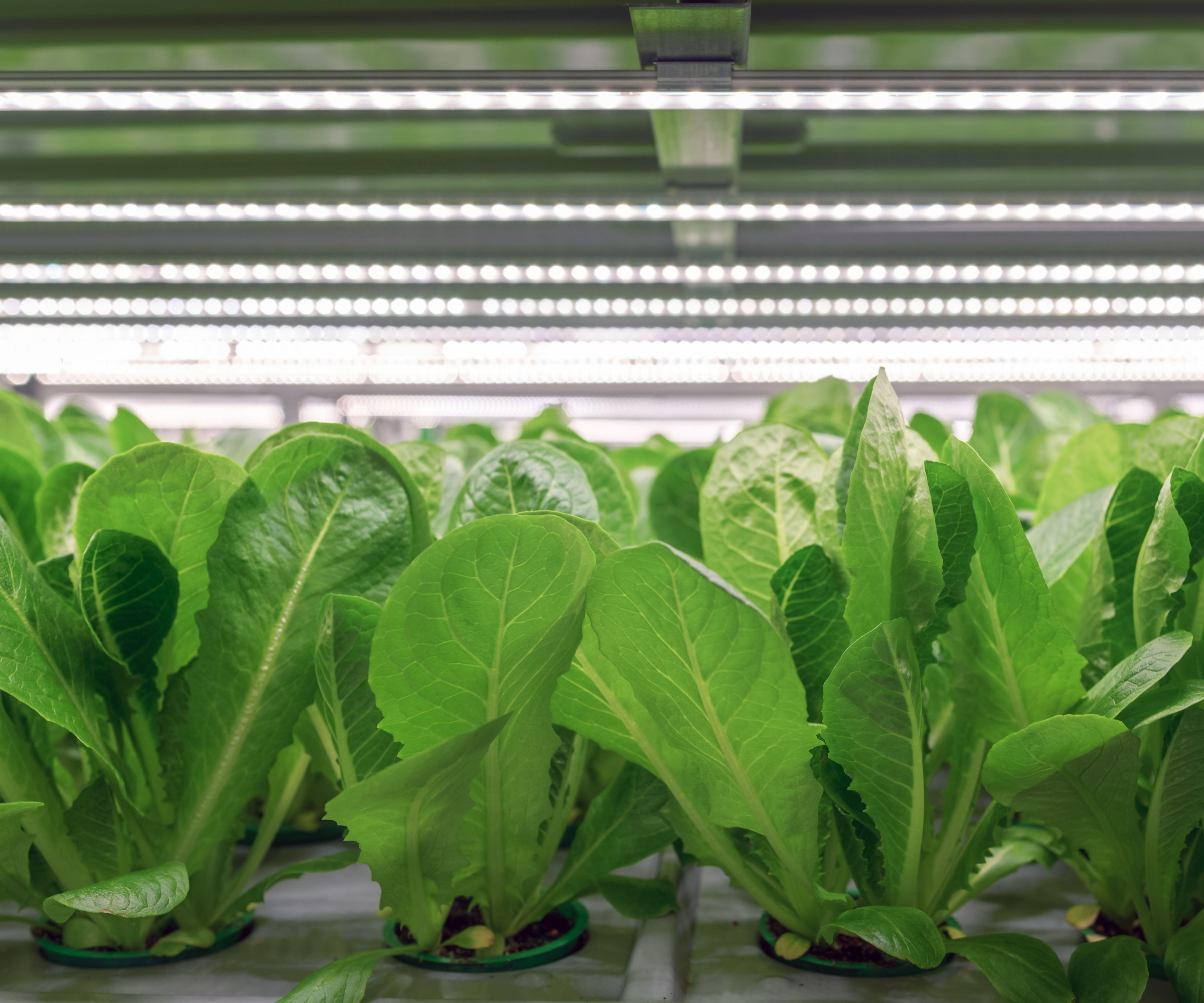
While fogponics technology has proven to be effective in growing a range of kitchen garden crops, Renata notes there are some nuances to be aware of:
'The ultra-fine mist is excellent for delivering nutrients, but it requires precise calibration to avoid over-saturation or nutrient imbalances. Additionally, because the roots are suspended in air, consistent misting is essential to prevent drying out.
'But, these concerns are more about implementation rather than the concept itself. With the right equipment and maintenance, fogponics supports robust growth for many types of plants, from leafy greens to flowering crops,' she explains.
There's no doubt fogponics will continue to evolve as new technology develops, and if more gardeners opt to try this green indoor growing method it could even top hydroponic gardening trends. But, if you're not quite ready to make the investment, there are several other affordable ways to reduce water waste in your yard and indoor garden.

Tenielle is a Gardens Content Editor at Homes & Gardens. She holds a qualification in MA Magazine Journalism and has over six years of journalistic experience. Before coming to Homes & Gardens, Tenielle was in the editorial department at the Royal Horticultural Society and worked on The Garden magazine. As our in-house houseplant expert, Tenielle writes on a range of solutions to houseplant problems, as well as other 'how to' guides, inspiring garden projects, and the latest gardening news. When she isn't writing, Tenielle can be found propagating her ever-growing collection of indoor plants, helping others overcome common houseplant pests and diseases, volunteering at a local gardening club, and attending gardening workshops, like a composting masterclass.
You must confirm your public display name before commenting
Please logout and then login again, you will then be prompted to enter your display name.
